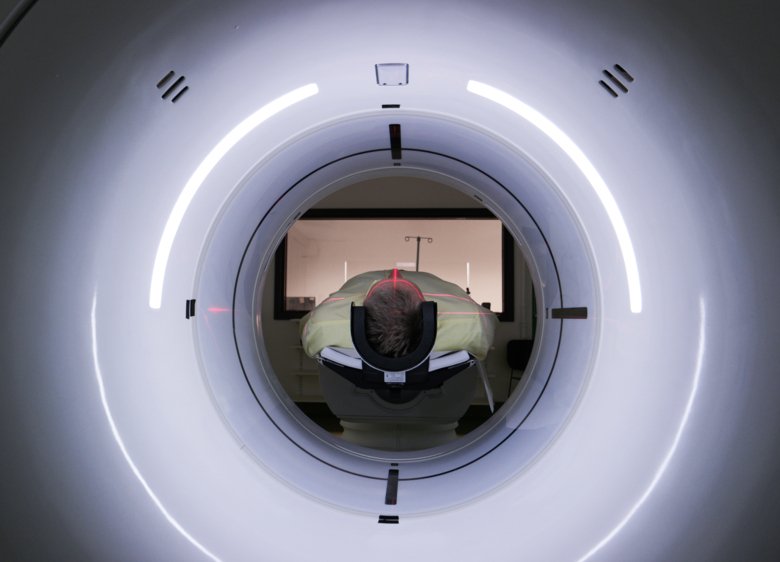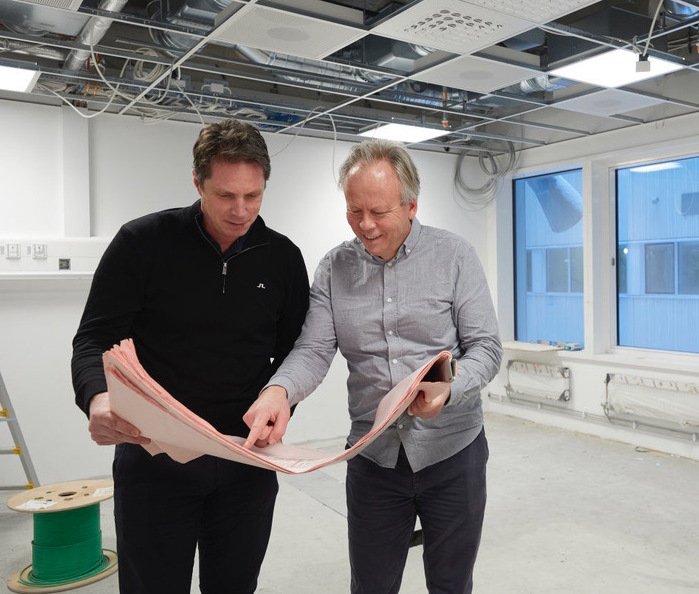Tomorrow’s CT scanner soon to be introduced in Swedish healthcare

It’s described as a technological advance in computed tomography and the hope is that this imaging technique will eventually become hospital standard. At the end of October, a new type of CT scanner will be unveiled in MedTechLabs, an interdisciplinary centre set up by Karolinska Institutet (KI), the Royal Institute of Technology (KTH) and Region Stockholm. KI professor Staffan Holmin is one of the researchers behind the initiative.

Tell us more about what’s happening on 29 October?
“It’s the unveiling of the world’s first silicon-based photon-counting computed tomography for clinical use. It will be unveiled by management representatives of KI, KTH and the Region’s R&D office in the MedTechLabs facilities in BioClinicum. But we’ve actually been busy developing the technique for years and a clinical study on research participants is already in train.”
What’s so special about the new CT scanner?
“It’s based on a new technique developed at KTH by Professor Mats Danielsson and his group. The casing itself looks like a normal CT scanner, but the X-ray detector, the computer and other equipment on the inside are totally different. What makes it unique is that the resolution of the images can be greatly increased, and the dose of radiation reduced. You can, for example, determine the degree of constriction in a calcified blood vessel much more accurately, see smaller blood vessels than is currently possible and more easily identify a stroke in certain parts of the brain.
“It’s about improving diagnostics and consequently the therapeutic outcomes for a whole range of conditions. CT scanners are standard in hospitals, but this new apparatus represents a huge advancement. It’s a real ‘quantum leap’.”

What’s your part in the project?
“I’m professor of neuroimaging at KI and consultant at the Neuroradiology unit at Karolinska University Hospital. My research group has set the requirements of, tested and validated the equipment so that it works as intended on patients. It’s been a lengthy process by researchers from KI and KTH collaborating under MedTechLabs. So now we’ve reached the point where we’re testing it on people in a clinical study.”
What’s next?
“The invention has been bought by GE Healthcare, which will be investing in its development and commercialisation. We hope and believe that it will become the new CT standard. We want it up and running in hospitals as soon as possible.”
Facts about computed tomography
CT imaging involves surrounding a part of the body with X-rays, which penetrate it from different angles. The data thus produced is combined by computer into anatomical cross-sectional images. A contrast agent is sometimes given to the patient (e.g. in the form of a drink) to help create better, more precise images.
The new MedTechLabs’ CT scanner looks like a regular one but is based on a new technique that generates much higher resolution and greater detail at a lower dose of radiation.
